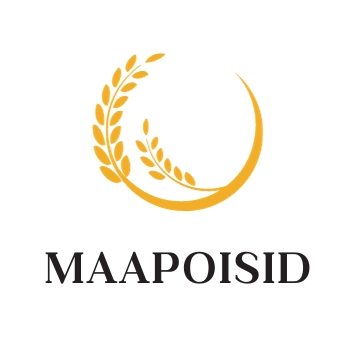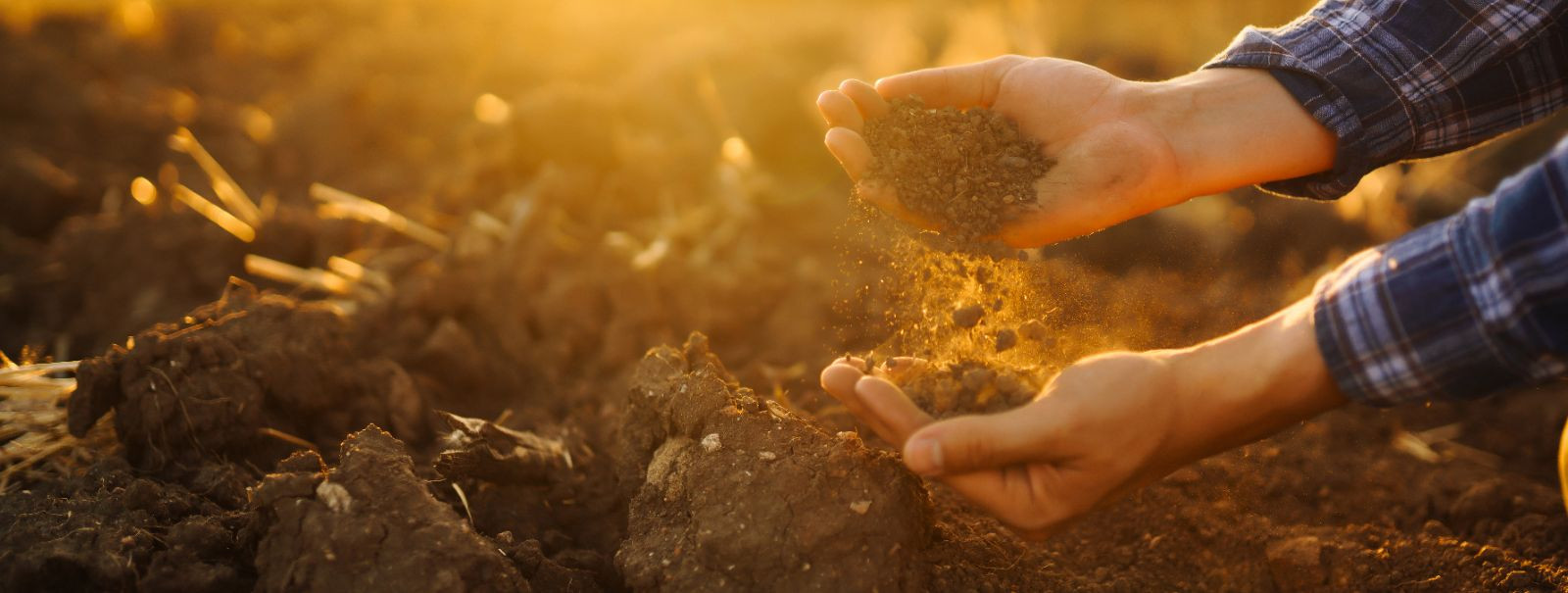Understanding soil health and your harvest
Soil health is the continued capacity of soil to function as a vital living ecosystem that sustains plants, animals, and humans. It's a state where soil can maintain its structure, nutrients, and biodiversity, providing the foundation for robust agricultural production.
Soil health is critical for sustainable agriculture. Healthy soil supports a diverse ecosystem, which in turn contributes to the growth of strong and resilient crops. It also plays a significant role in water filtration, carbon sequestration, and as a buffer against diseases and pests.
The Components of Healthy Soil
Healthy soil has a granular structure that allows for adequate air and water movement. It should be neither too sandy nor too clayey, providing a balance that supports root growth and nutrient uptake.
The chemical balance of soil, including pH levels and the presence of essential nutrients like nitrogen, phosphorus, and potassium, is crucial for plant health and growth.
A healthy soil teems with life, including microorganisms, fungi, insects, and earthworms. These organisms help decompose organic matter, fix nitrogen, and improve soil structure.
Assessing Soil Health
Soil tests provide valuable information on nutrient levels, pH, and other chemical properties. They are an essential tool for farmers to tailor their soil management practices.
Visual Soil Assessment is a method that involves examining the soil's physical condition, such as structure, color, and root development, to gauge its health.
Practices to Improve Soil Health
Incorporating organic matter like compost or manure improves soil structure, nutrient content, and microbial activity.
Cover crops protect the soil from erosion, improve soil structure, and can add nutrients back into the soil when they decompose.
Rotating crops helps prevent soil depletion, reduces pest and disease buildup, and can improve soil fertility and structure.
Reduced tillage practices minimize soil disturbance, preserving soil structure, conserving moisture, and maintaining organic matter levels.
IPM strategies focus on long-term prevention of pests or their damage through a combination of techniques such as biological control, habitat manipulation, and the use of resistant varieties.
The Impact of Soil Health on Harvest
Healthy soil is directly linked to the yield and quality of the harvest. It ensures that crops have access to the necessary nutrients and water, leading to better growth and higher-quality produce.
Soils in good health are more resilient to weather extremes, such as droughts and heavy rains, which can otherwise devastate crops.
Maintaining soil health is essential for the long-term sustainability of farming. It ensures that the land remains productive for future generations while minimizing negative environmental impacts.






Comments (0)